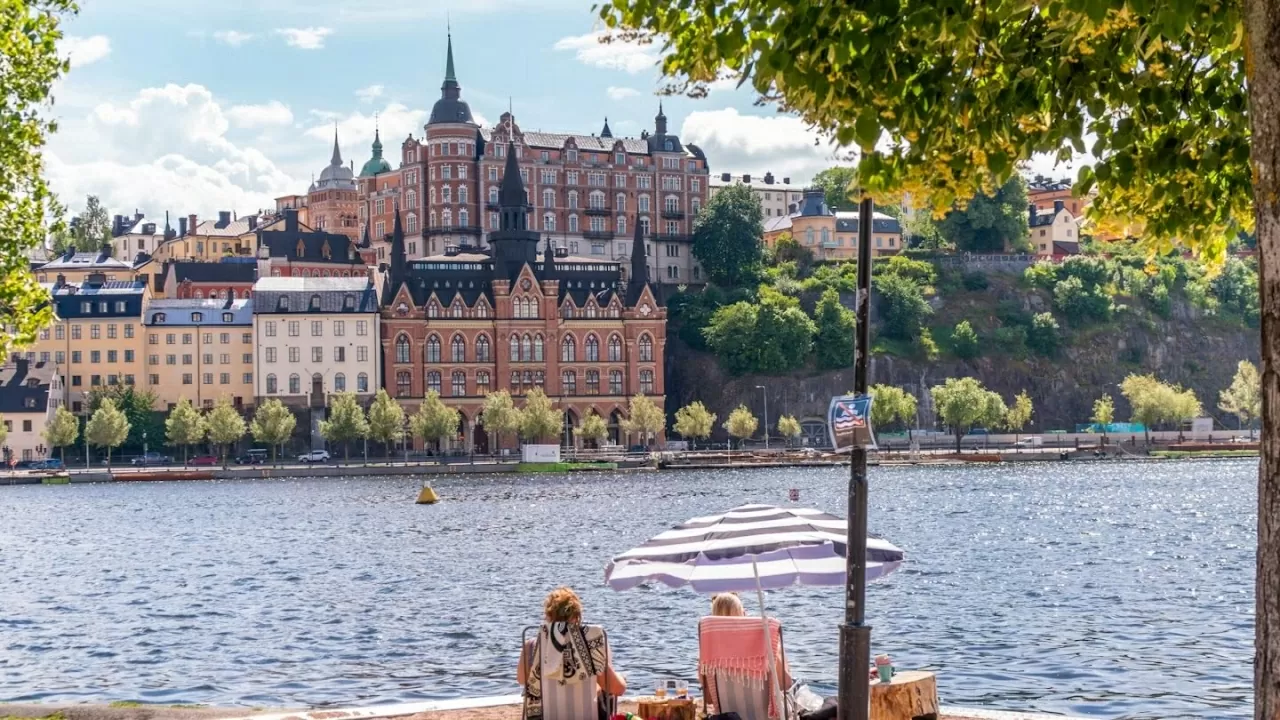 |
| Peaceful scene in Stockholm, Sweden. (Source: Shutterstock) |
A country famous for its famous pop bands, talented directors and prestigious Nobel Prizes, Sweden also possesses a treasure trove of beautiful and historically rich destinations that not everyone knows about.
Here are the top 11 destinations in Sweden, as recommended by the world- famous travel publication Lonely Planet . Each has its own unique personality, blending history, culture and natural beauty.
Stockholm
Stockholm, the capital, was founded in 1252 and is spread over 14 islands where Lake Mälaren flows into the Baltic Sea. It is one of the few cities in the world that manages to combine modern urban space, historical depth and natural beauty.
Visitors to Stockholm can begin their exploration by strolling through the old town of Gamla Stan with its cobblestone streets and medieval architecture, or leisurely strolling along the tree-lined Strandvägen waterfront boulevard.
Stopping at a local cafe for a cup of fika – a typical Swedish coffee culture – is also an experience not to be missed when visiting here.
In addition, Stockholm is also attractive with iconic buildings and attractions such as Stadshuset City Hall - where the Nobel Prize banquet was held, the majestic Kungliga Slottet Royal Palace and a rich museum system such as Skansen - the world's first open-air museum, where the Vasa Vasamuseet warship is displayed and Fotografiska - a space for contemporary photography.
Gothenburg
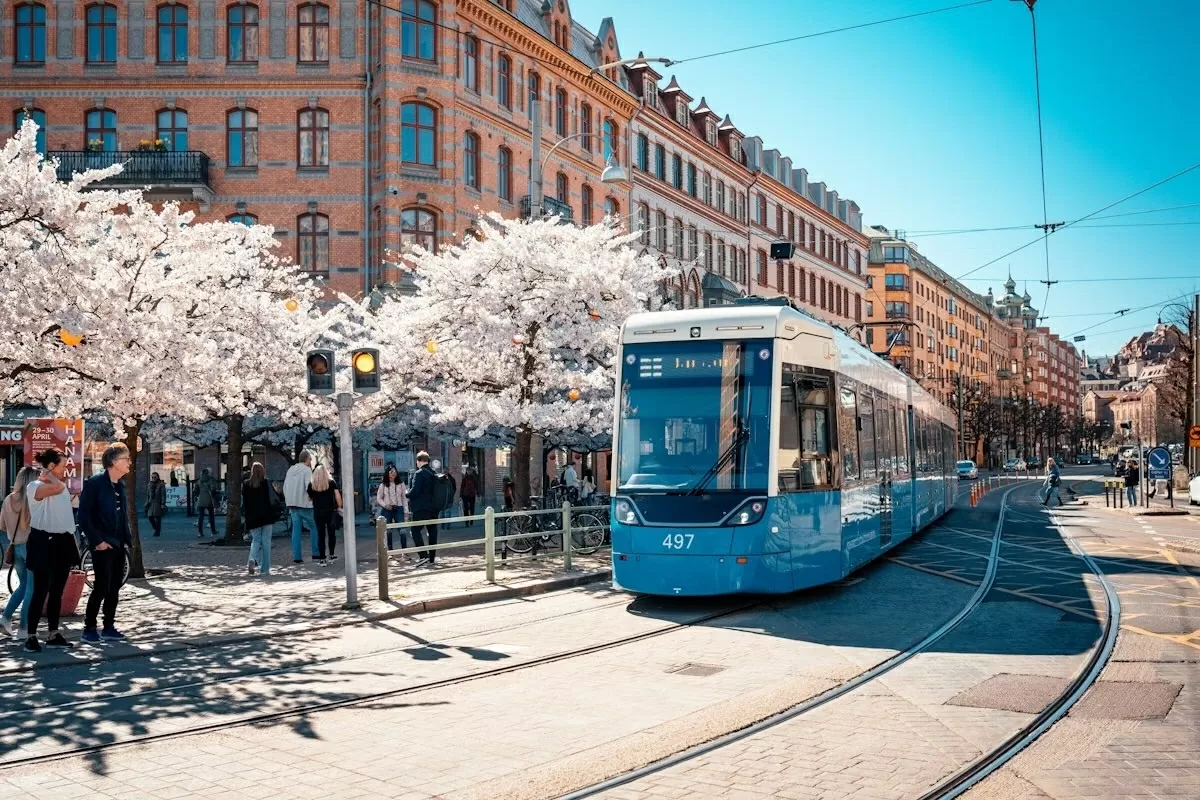 |
| Trams are a popular form of public transport in Gothenburg. (Source: Shutterstock) |
Gothenburg (or Göteborg) is Sweden's second largest city, known for its laid-back and friendly lifestyle. Trams glide along 17th-century canals, lively squares and the cafe-lined Kungsportsavenyn boulevard create a lively yet laid-back atmosphere.
Gothenburg also has many valuable museums such as the city history museum or the art museum with an impressive collection of Nordic paintings. Those who love boats cannot miss the Maritiman, where you can climb aboard to explore submarines, warships and even historic lighthouses.
Gotland
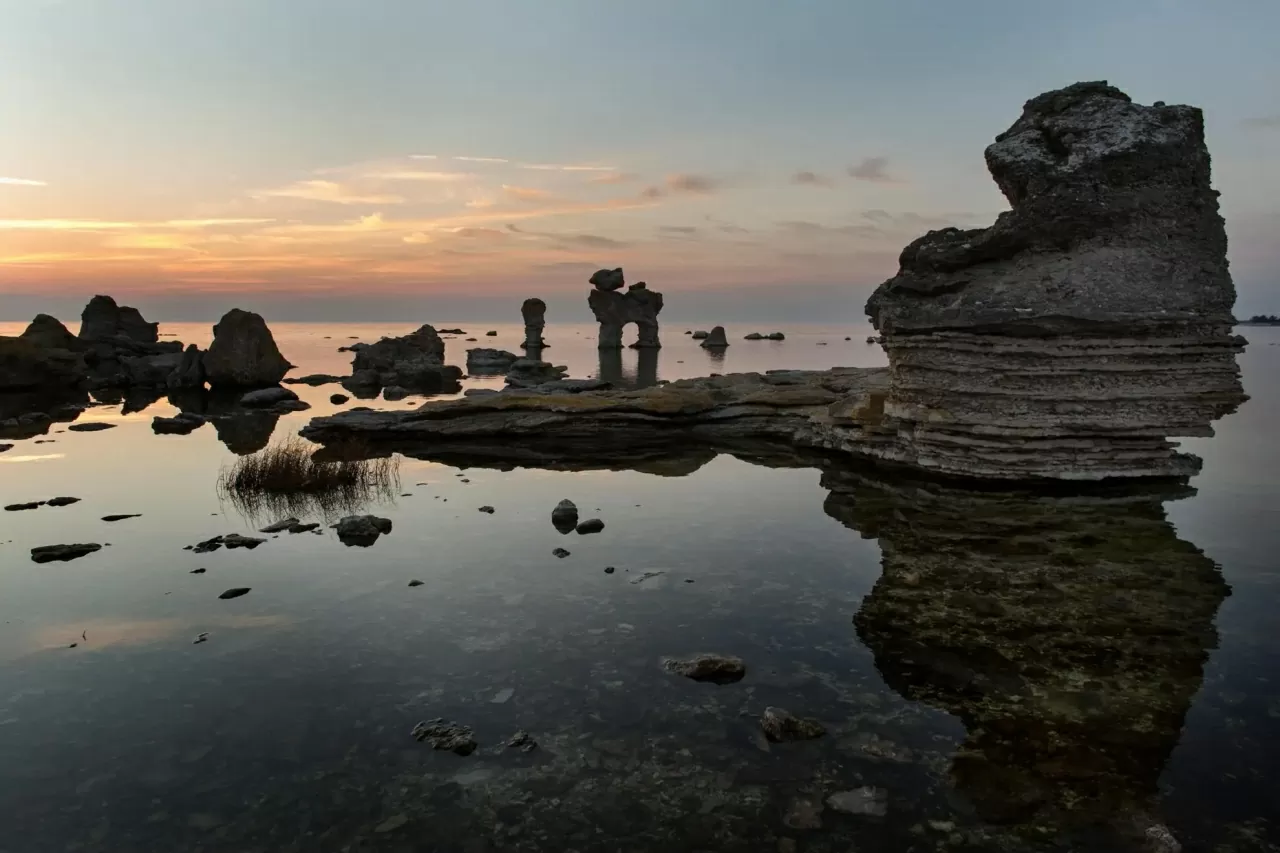 |
| Natural sea stacks with magical shapes in Gotland. (Source: Visit Sweden) |
Sweden's largest island, Gotland, was a bustling trading hub for centuries. Today, it's a haven of sleepy fishing villages, sheep farms, ancient ruins and fantastically shaped raukar (natural sea stacks).
The centre of the island, Visby, has a well-preserved old town, fortified walls and a fascinating historical museum. From here, visitors can take a ferry to Fårö, where Ingmar Bergman once lived, or Stora Karlsö, home to huge flocks of seabirds.
In particular, the annual Medeltidsveckan Medieval Week in August will “transform” Visby into a lively stage with axe throwing, archery, music and street parties.
Bohuslan
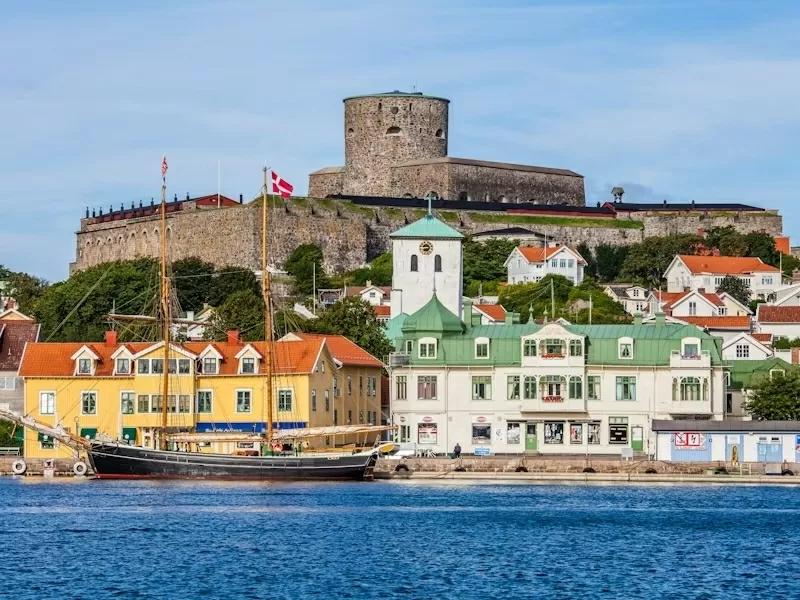 |
| Marstrand Island. (Source: Shutterstock) |
Located between Gothenburg and the Norwegian border, the Bohuslän region is characterized by its coastal beauty, idyllic scenery, quaint seaside towns and a history that spans millennia.
On the island of Marstrand, the 17th-century Carlstens fortress still stands on a hilltop, a reminder of a time of fierce defence. Near Tanum, prehistoric rock carvings recognised by UNESCO are a valuable testament to human presence here thousands of years ago.
Bohuslän’s ideal terrain makes it a haven for outdoor activities such as kayaking through winding fjords or exploring coastal trails. Each journey offers an experience of being one with nature and feeling the gentle rhythm of coastal life.
Small villages like Smögen, Fjällbacka or Grebbestad add to the Bohuslän picture with their vibrant colours of traditional wooden houses, bustling harbours and vibrant summer atmosphere as if they had come straight out of a picturesque landscape painting.
Uppsala
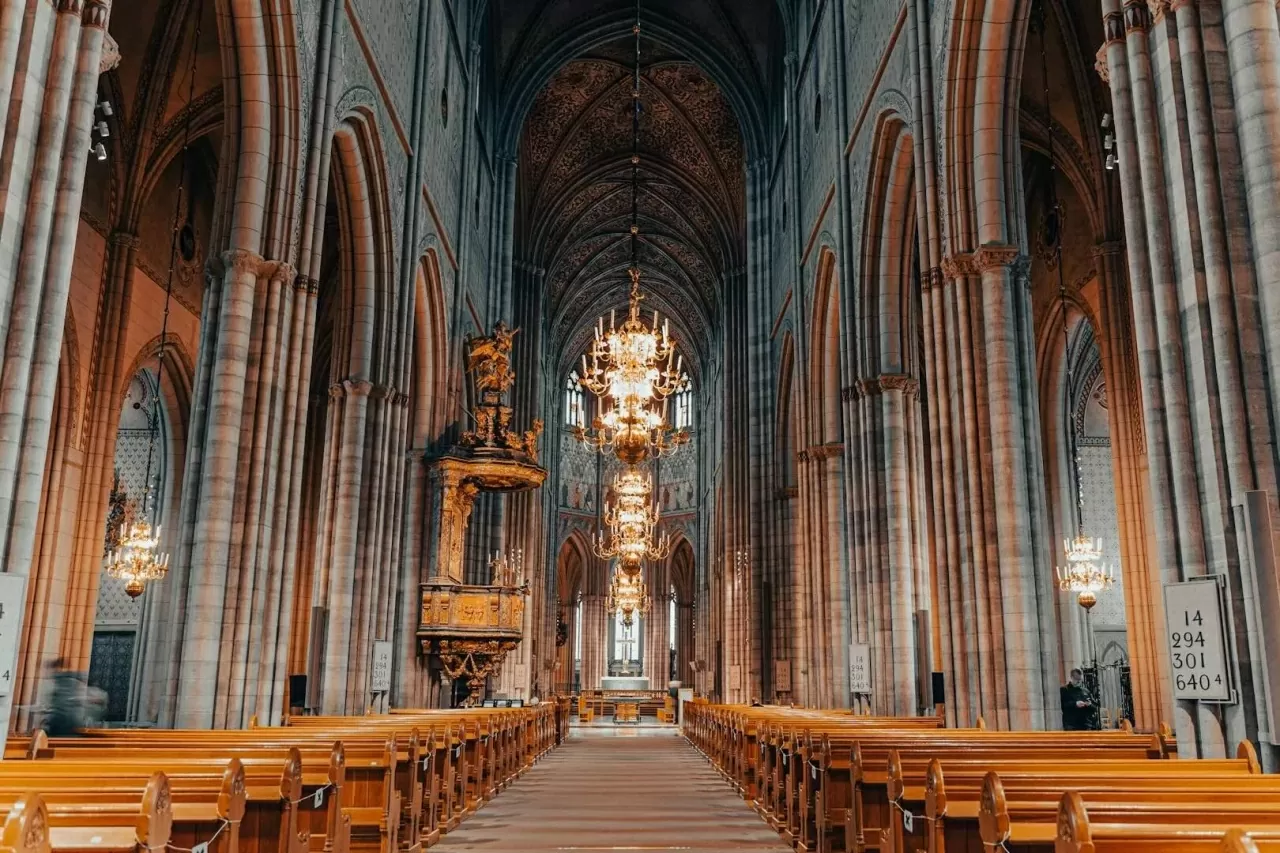 |
| Uppsala Domkyrka is the tallest church building in Northern Europe. (Source: Explore Sweden) |
With a history spanning over 1,500 years, Uppsala is considered Sweden’s oldest religious, academic and cultural centre. Not far from the current centre is Gamla Uppsala – a 6th-century royal burial ground, associated with Norse legend and the sacred role of this land in pre-Christian times.
In the city centre today, Uppsala boasts the oldest university in Northern Europe and the largest cathedral in the region, both dating back to the 15th century. These are not only intellectual and religious symbols, but also architectural pride of the city.
Nature and plant lovers will find particular interest in the Linnaean Botanical Garden, which showcases hundreds of rare plants in its tropical greenhouse, ancient garden and citrus greenhouse, offering a comprehensive look at the history of botany associated with the famous Carl Linnaeus.
Lappland
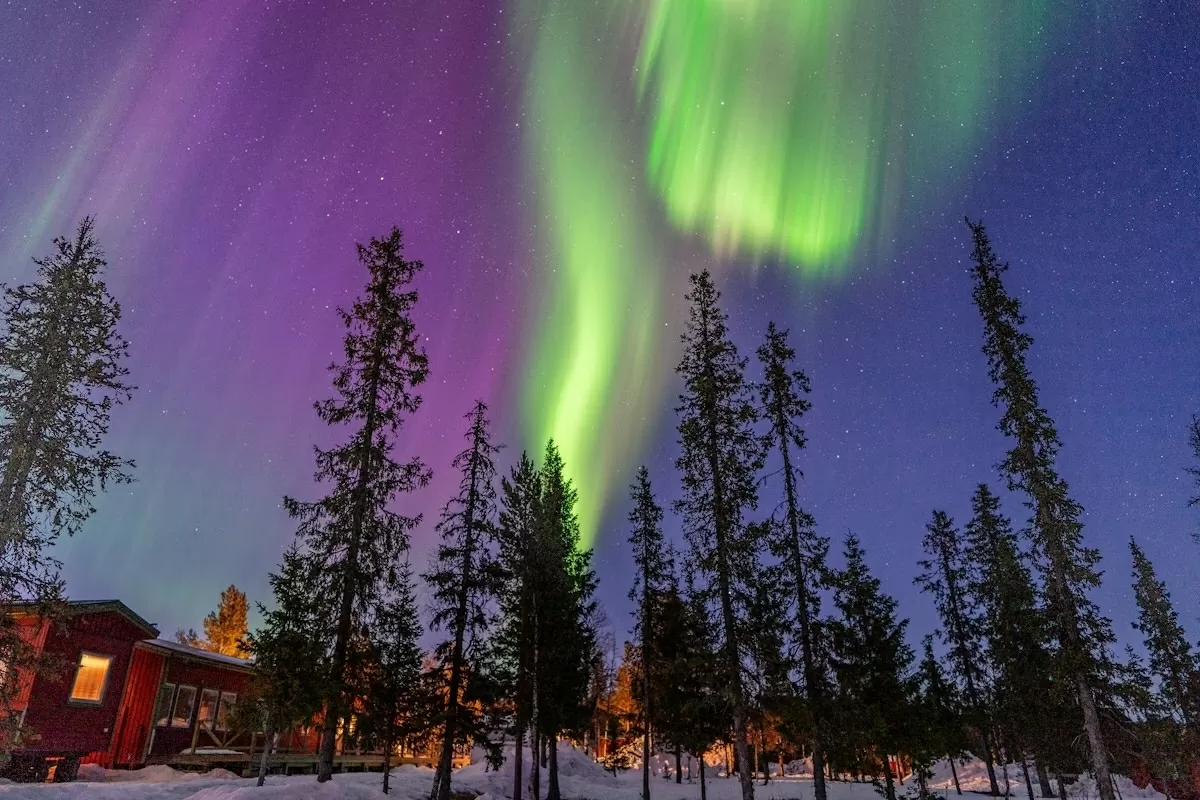 |
| Aurora in Lapland. (Source: Shutterstock) |
The Lappland region in northern Sweden is the perfect destination for those who love unspoiled nature and want to experience something different. If you love hiking in the mountains, explore the Kungsleden trail or visit the region's national parks.
For those who are passionate about the aurora phenomenon, Abisko is considered one of the best places to see the aurora in Sweden. In addition, unique hotels such as the Icehotel in Jukkasjärvi or the Treehotel in Harads promise to bring unforgettable experiences.
To learn more about indigenous Sámi culture, Jokkmokk is a must-visit. It hosts the largest Sámi winter market every February, attracting visitors and indigenous communities from across the Arctic.
Hoga Kusten
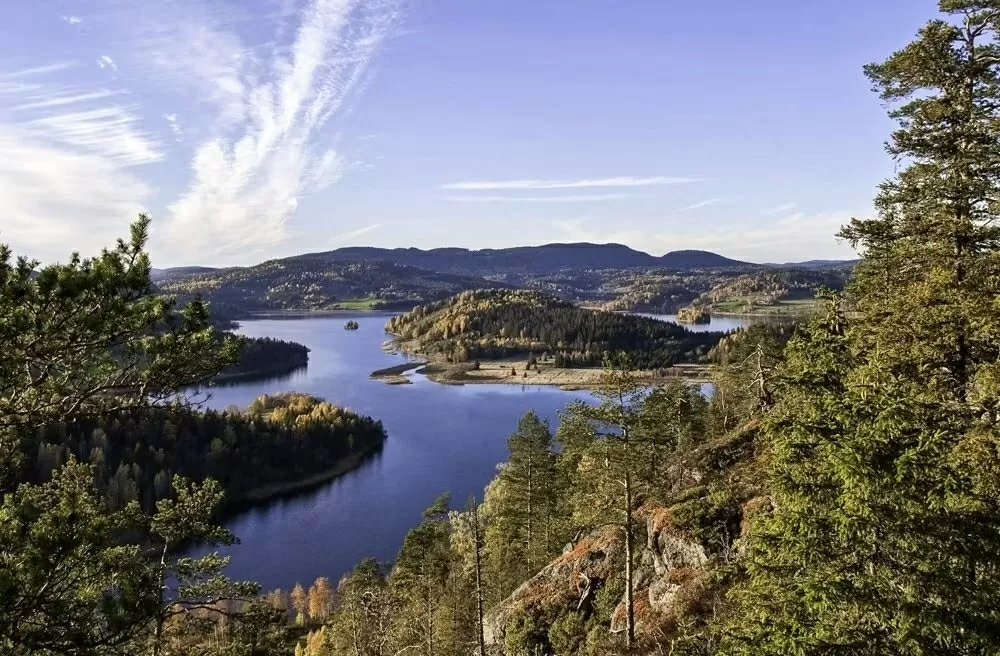 |
| Sweden's Höga Kusten (the High Coast) region is a UNESCO World Heritage Site. (Source: Swedish Tourist Association) |
Located between Härnösand and Örnsköldsvik, the Höga Kusten region is characterised by its unique coastal terrain, where the land has been rising steadily since the Ice Age. Visitors can follow trails, use rope ladders or chairlifts to reach the summit of Skuleberget and enjoy the breathtaking views from above.
Skuleskogen National Park is a great place to explore the region’s unique geological layers, while offshore islands such as Ulvön and Trysunda offer scenic getaways in nature. Sweden’s longest suspension bridge is also a popular stop along the E4, offering impressive views across the Northern Fjords.
Skåne
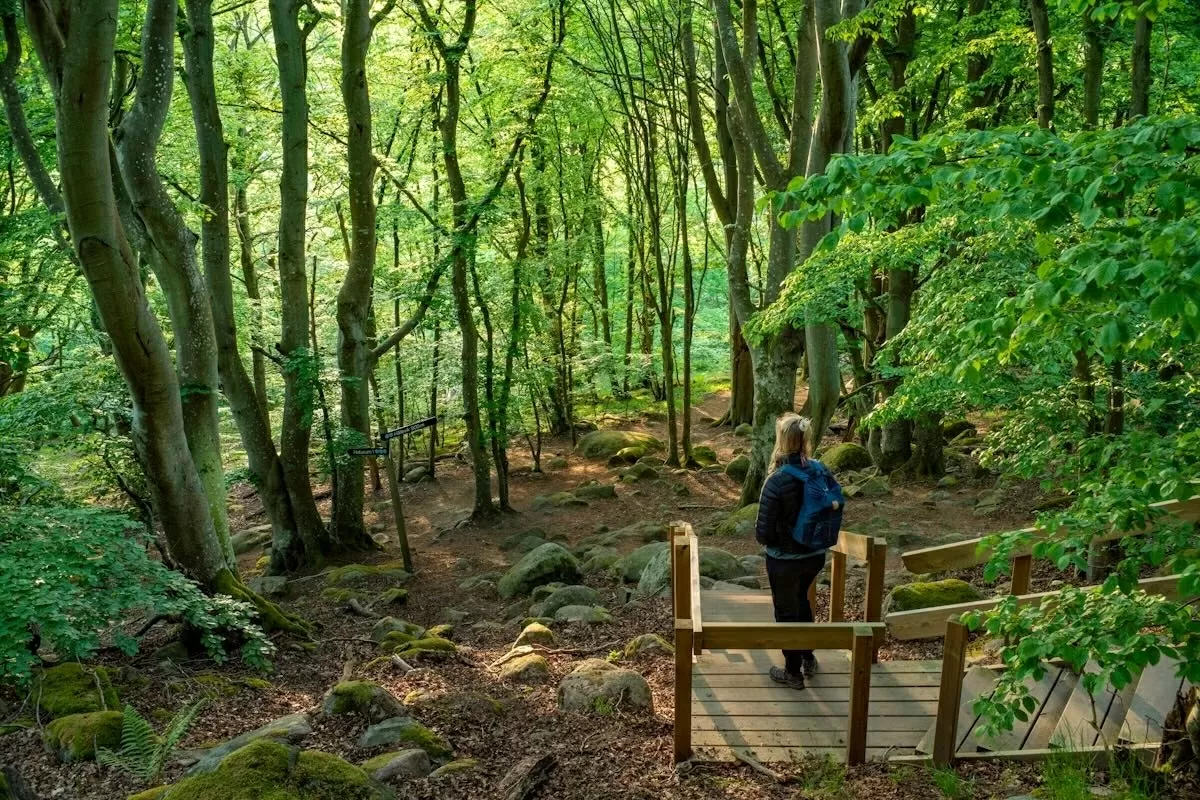 |
| Stenshuvud National Park in Skåne. (Source: Shutterstock) |
Once part of Denmark, the Skåne region is steeped in history and cultural diversity. The half-timbered houses, distinctive local accents and medieval architecture of towns like Lund and Ystad are a vivid testament to the region’s diverse past.
Sweden's third largest city, Malmö in the Skåne region, blends heritage with innovation, with the contemporary sculptural Turning Torso tower a prominent symbol of the modern urban landscape.
Skåne is also known as “the South of Sweden” with its golden wheat fields, dense forests, pristine coastline and ancient castles. Sofiero Castle, famous for its colorful flower garden, is one of the must-see destinations.
Dalarna
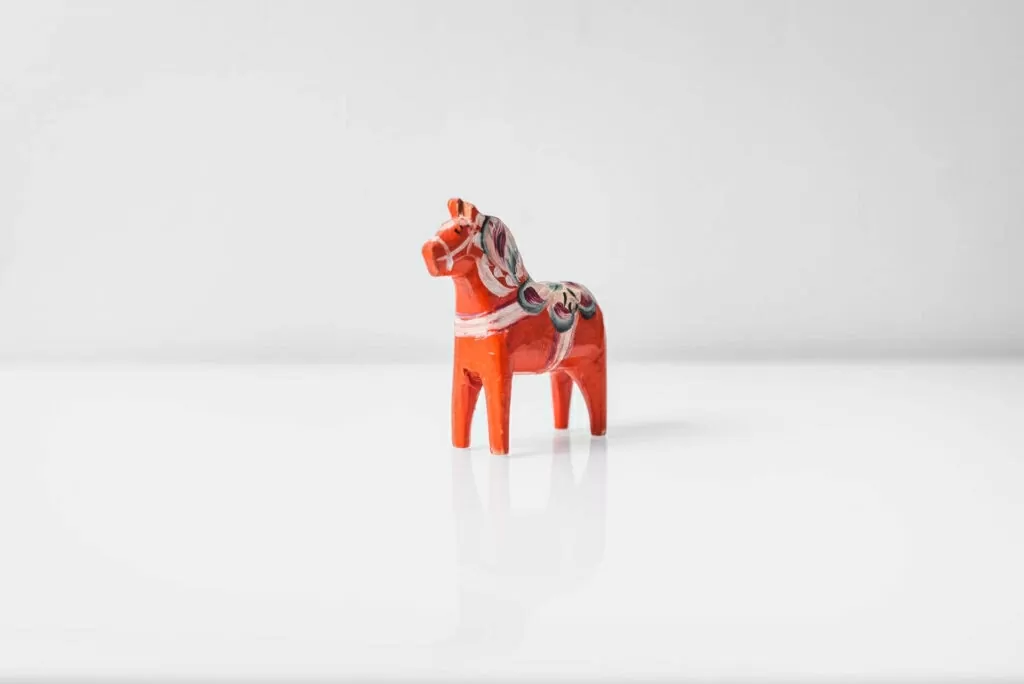 |
| The Dala horse is one of the most popular and iconic gifts in Dalarna. (Source: Scandi) |
If you want to fully experience the “Swedish soul”, Dalarna is the ideal destination. This is a land rich in identity with folk music, traditional dances and handicrafts preserved through many generations. The Dala wooden horse, carved and hand-painted in the village of Nusnäs, has become a souvenir imbued with the Swedish spirit.
The city of Falun, in the heart of Dalarna, is home to a copper mine that was in operation for over a millennium. Today, the mine is open to visitors, offering a unique underground exploration of industrial history. The area is also home to some of Sweden’s greatest artists, including painters Carl Larsson, Anders Zorn and composer Hugo Alfvén, who have helped shape the world’s image of Swedish culture.
Kalmar and Glasriket
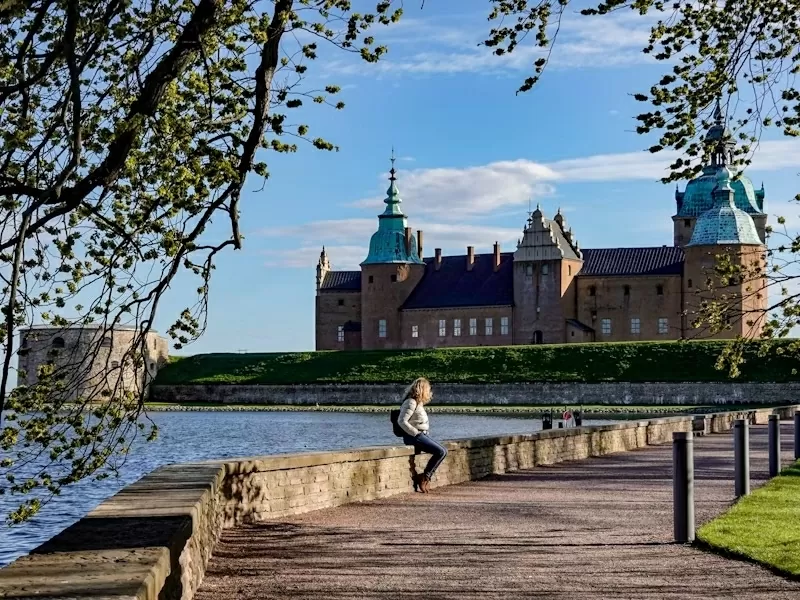 |
| The castle in Kalmar is considered one of the most impressive surviving Renaissance structures in Sweden. (Source: Shutterstock) |
The city of Kalmar is a fascinating stop in eastern Sweden, featuring a majestic Renaissance castle and a local museum displaying thousands of artifacts salvaged from the royal battleship Kronan, which sank in a naval battle in 1676.
Ancient architecture and heroic history give Kalmar a special appeal to those passionate about culture and archaeology.
Not far west of Kalmar lies the “crystal kingdom” of Glasriket, a forested area with more than a dozen traditional glassworks. Here, visitors can watch artisans at work, tour the glass shops, and even try their hand at glassblowing under expert guidance.
Among them, Kosta Boda brand stands out, founded in 1742 with a reputation far beyond the borders of Sweden. Right next door is the Kosta Boda Art Hotel, where glass art is applied delicately to every design detail, especially the magical blue bar made entirely of glass.
Oland
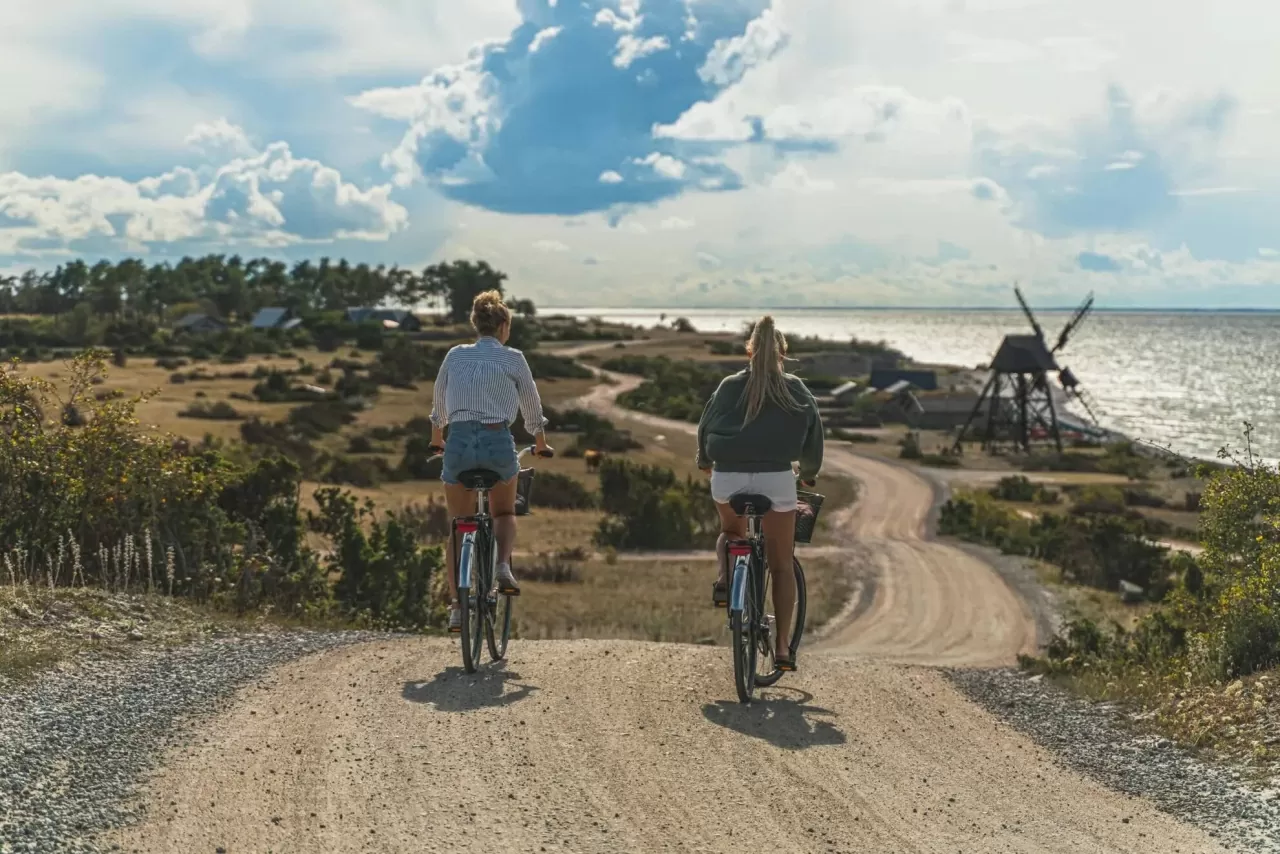 |
| Not only attracting tourists, Öland is also a familiar summer destination for the Swedish royal family. (Source: UpZone Studios/Öland) |
Connected to the city of Kalmar by a long bridge across the Baltic Sea, the island of Öland impresses with its distinctive natural landscape and deep history. In the south, the landscape opens up with vast rocky meadows, ancient windmills and ancient stone walls.
Meanwhile, the north is dominated by the sun-drenched Böda Sand beach and the mystical Trollskogen forest, where pine trees are bent into strange shapes by the sea breeze.
Two lighthouses, Långe Erik and Långe Jan, are located at either end of the island, serving as navigational markers for ancient seafarers. Other notable attractions include the ruins of the 17th-century Borgholms Slott castle and Solliden Park, the summer residence of the Swedish royal family, with its flower-filled grounds and carefully landscaped grounds.
In addition to its natural beauty and architectural heritage, Öland is also a top destination for birdwatchers. The island’s nature reserves are home to many rare bird species, both permanent and seasonal migrants.
Source: https://baoquocte.vn/thuy-dien-11-diem-den-khong-nen-bo-qua-tai-thien-duong-du-lich-giua-long-bac-au-320863.html



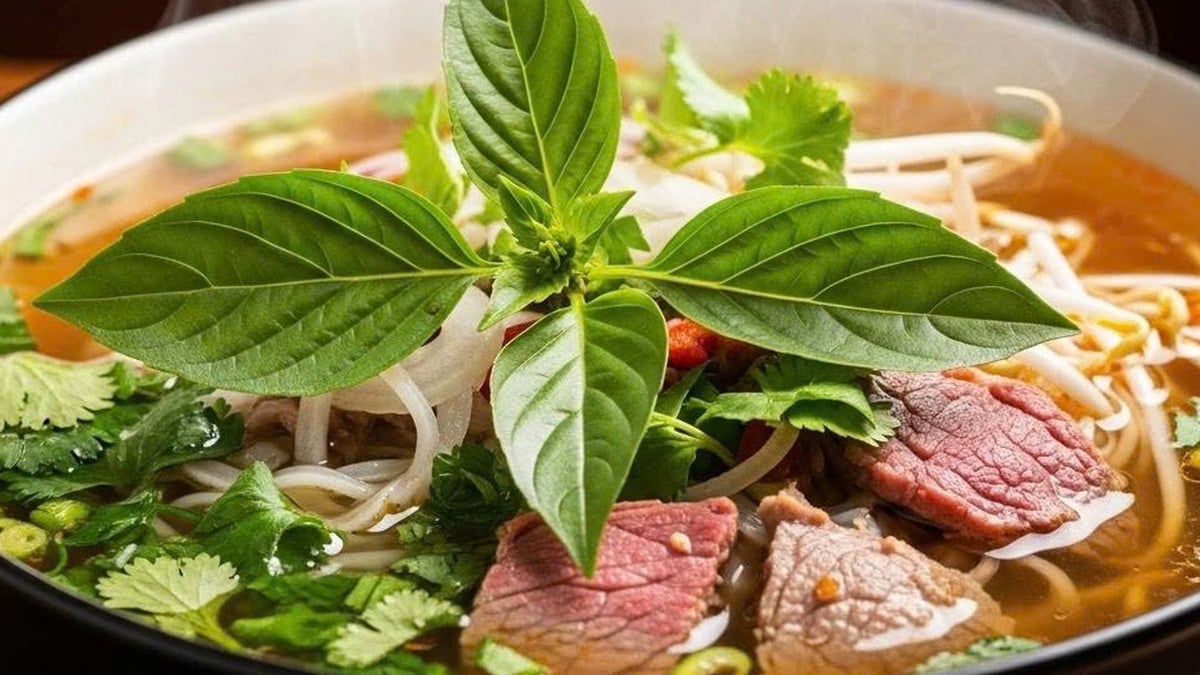

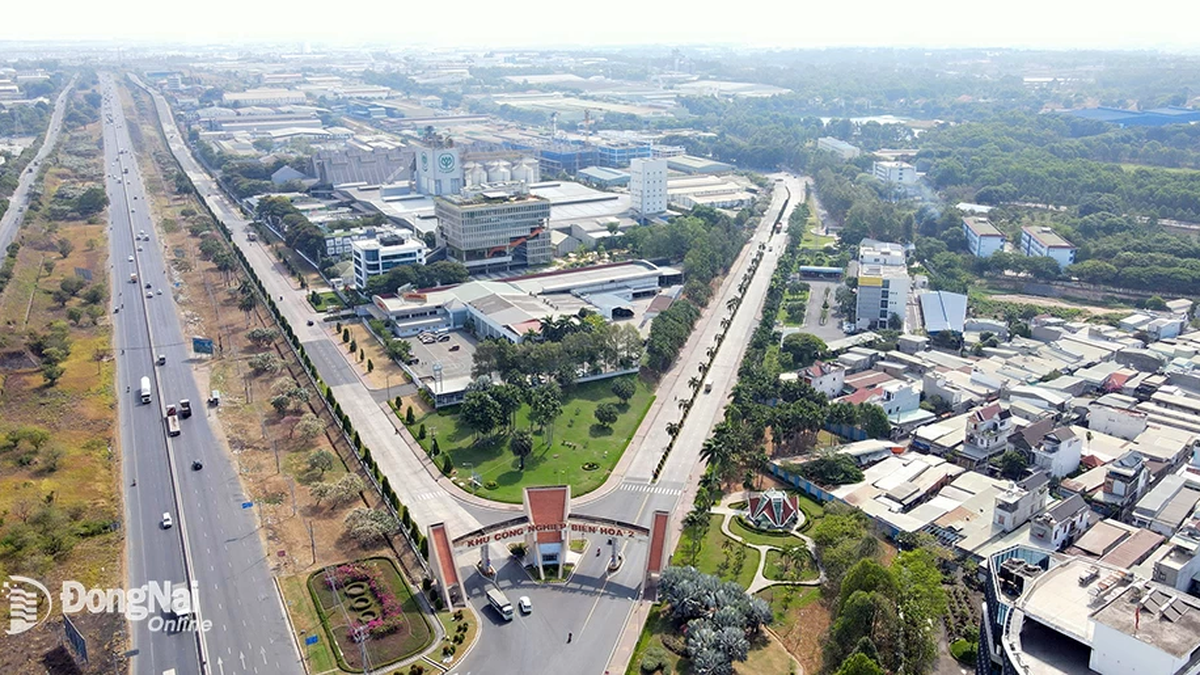




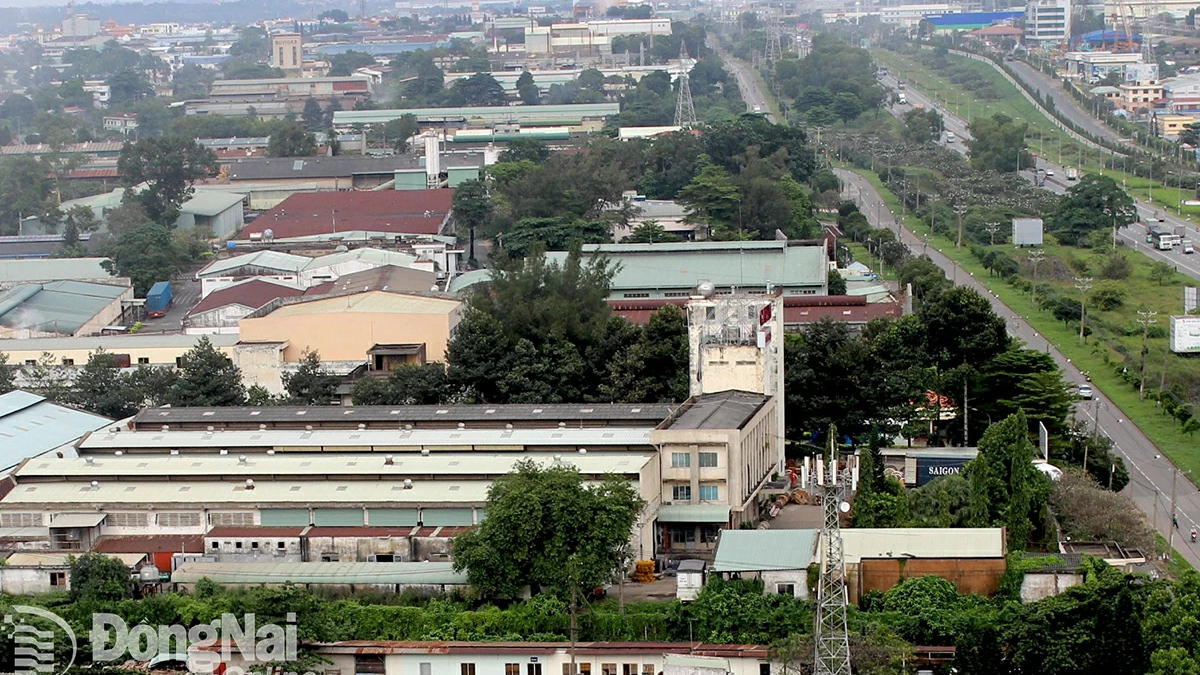


























































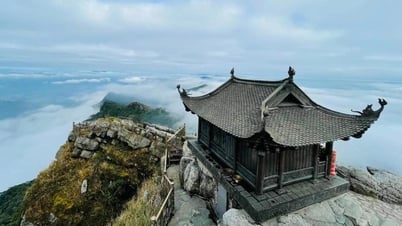































Comment (0)